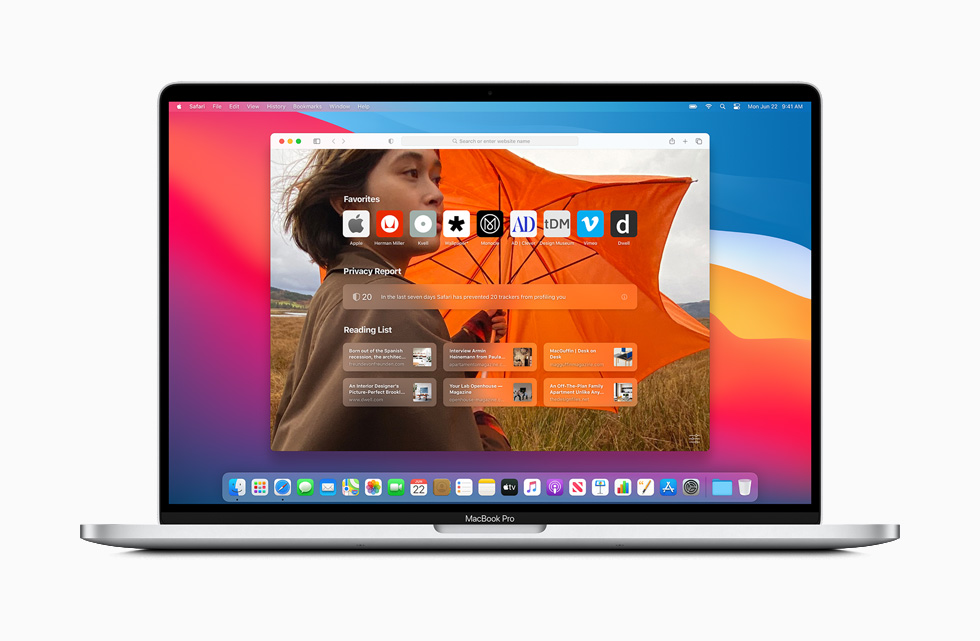SUN VS CORONA Mac OS
When you put a new hard drive in your Mac—or connect an external one using FireWire or USB—you need to decide how to partition the drive and what file system to put on it. The easiest way to do that is with the Disk Utility in Applications/Utilities. After you start it, Disk Utility shows a list of all available disks along with all the volumes (partitions) present on those disks on the left side of the window. If you want to keep things simple, just select a disk, click on the 'erase' tab and you can create a volume that uses the entire disk with a few mouse clicks.
If your needs are more complex, select the 'partition' tab. There, you can divide the disk into several partitions. The advantage of having multiple partitions is that if one fails, the others may be unaffected. The downside is that you need to think about the size of the different partitions and keep track of which files go where. And copying files from one partition to another is slow, even slower than copying from one disk to another. Keep in mind that disk access is fastest on the outside of the disk, where the first partition is located. Whether you decide to partition the disk or not, the 'options' button lets you set the type of 'partition scheme' for the disk. There are three choices:
- Apple Partition Map: this way of organizing a disk has been used with Macs for a long time. If you want to boot a PowerPC Mac from the disk, you need to use this partition scheme. However, you can't put any FAT (MS-DOS/Windows-compatible) partitions on the disk.
- Master Boot Record: this is how MSDOS and Windows organize a disk, so use this if you have an external drive that you also want to use with a Windows machine. It looks like you can also use the Mac OS Extended (HFS+) file system on disks with a master boot record, but it's unlikely that older Mac OS versions support this.
- GUID Partition Table: this is how Intel Macs organize their boot disks. You can put partitions with any of the supported file systems on a GUID disk, but only Macs running Mac OS 10.4 can access these disks.

Sun Vs Corona Mac Os Catalina
Virtualization showdown: VMware Workstation vs. Sun xVM VirtualBox VMware's desktop champion takes the flag, but Sun's free and open source alternative is coming on strong By Randall C. A Mac User Falls For the PC Again With a simpler interface and new features, Microsoft’s Windows is more like Apple’s OS X than ever before With Windows 10, the PC has more in common with the. How it started vs. How it’s going for these Hollywood celebs 2021 Academy Awards Winners: 12 HollyGOOD Quotes Frances McDormand is still the G.O.A.T., 3 decades and 3 Oscar wins later.
Advertisement- AnyConnect (Versions 4.7 and below) Support for Mac OS X Supported Operating Systems. Mac OS X 10.10; Mac OS X 10.11; macOS 10.12; macOS 10.13; macOS 10.14; Mac OS X Requirements. AnyConnect requires 50 MB of hard disk space. To operate correctly with Mac OS X, AnyConnect requires a minimum display resolution of 1024 by 640 pixels.
- Why downgrade macOS Big Sur. Big Sur is a great update to the Mac operating system (read our Big Sur review), with some useful features and some iOS inspired changes.However, as with Catalina.
In most cases, you'll want to use Mac OS Extended (Journaled) as the 'volume format' (file system). This supports all the Mac-specific functions such as aliases and resource/data forks. However, this isn't your only choice. Depending on the partition scheme, these are the file systems Mac OS 10.4 supports:
Sun Vs Corona Mac Os 7
- Mac OS Extended or HFS+ is an improved version of Apple's Hierarchical File System from the mid-1980s.
- Mac OS Extended (Case Sensitive) is the same file system, but in this case, it treats file names that are the same but have different case as different. So the file text.txt is different from the file Text.txt and both can exist side by side. This matches the behavior of UNIX.
- Mac OS Extended (Journaled) is also HFS+, but it has an extra mechanism that avoids corruption of the file system when something bad happens, such as loss of power during a write operation.
- Mac OS Extended (Case Sensitive, Journaled) is HFS+ with a combination of case sensitivity and journaling.
- MS-DOS File System is the older FAT filesystem used with MS-DOS and Windows. Note that you can't have files of 4GB or bigger on a FAT volume.
- UNIX File System (UFS) is exactly what the name suggests. Don't use it unless you know you need to.
Use HFS+ with journaling if possible, especially on external drives. I've lost a lot of data because the FAT file system on a FireWire drive got corrupt after I accidentally turned off the drive while it was in use. After this, newer files started overwriting older ones, but I didn't find out until a month later. And don't format or partition an iPod using Disk Utility, because the iPod gets confused, even though it will function as an external drive.
In addition to the file systems listed above that you can use to format your drives with, Mac OS X has various levels of support for the following file systems:
- HFS: the original Mac file system
- NTFS: the Windows NT file system (read-only)
- ISO-9660 (with various extensions): the file system for data CDs
- UDF: the Universal Disk Format for DVDs
Sun Vs Corona Mac Os X
See the Filesystems HOWTO for much more information on many of these. And you may want to start reading up on ZFS, Sun's revolutionary new file system that is supposed to come to the Mac with Leopard.